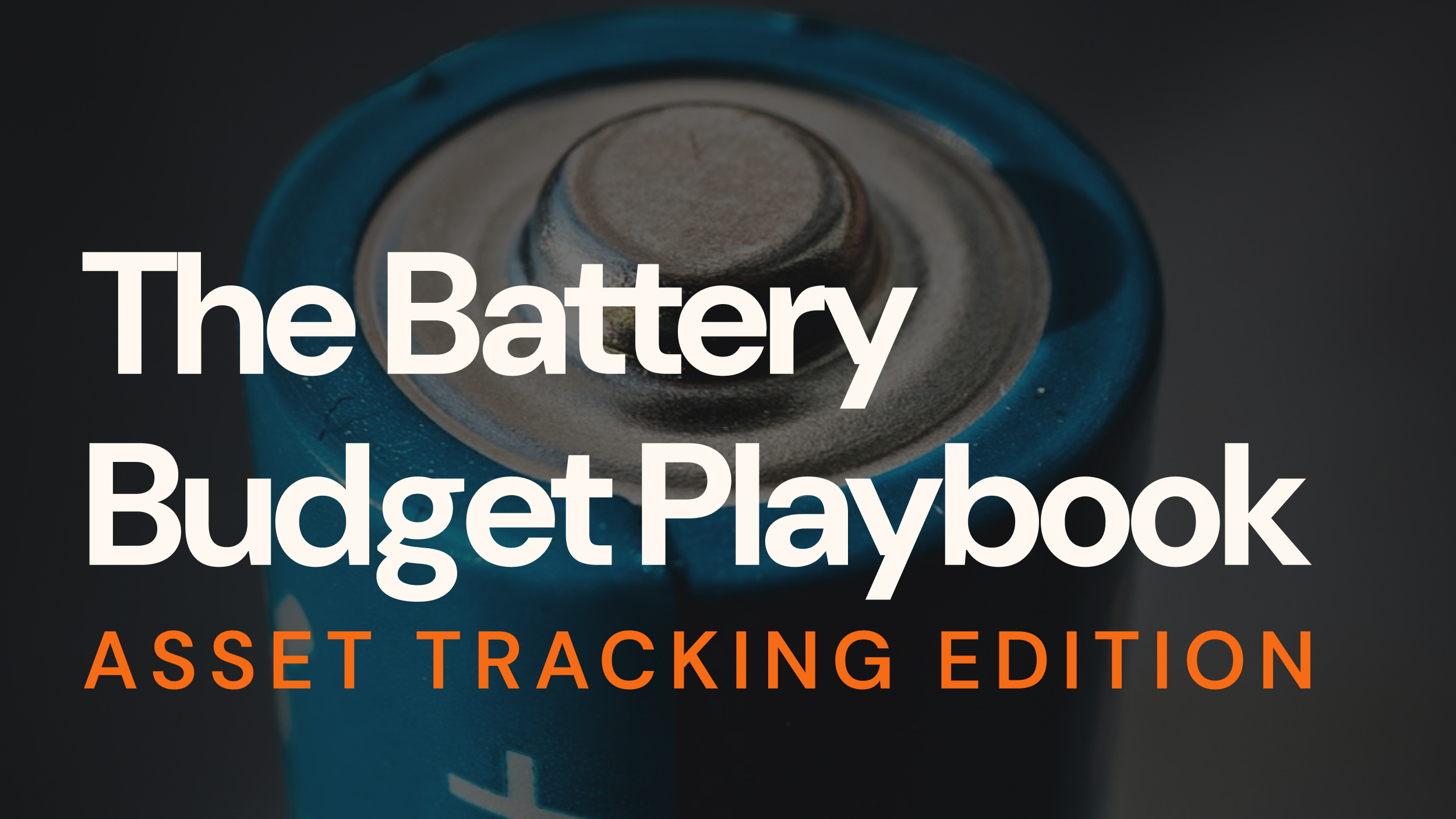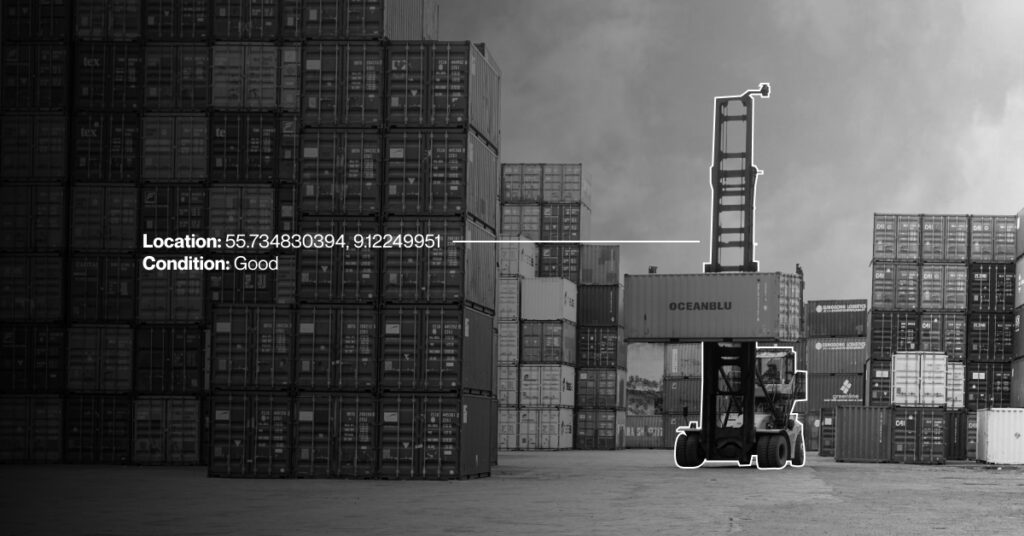The U.S. Energy Information Administration (EIA) projects that by 2050, world energy usage will increase by nearly 50%. This projection calls for a global effort for smarter and more efficient energy grids and resource utilization.
Through the collection and distribution of real-time analytics data, IoT technologies are vastly improving operational efficiency, transparency, future-proofing of energy grids, and sustainability in energy and utilities.
Read on to learn more about how IoT is transforming energy and utilities.
How IoT is transforming the energy and utilities industry
The energy and utilities industry consists of companies whose services include:
- Water,
- Heating,
- Electricity,
- Fuel oil and natural gas, and
- Other services such as tank monitoring and leak prevention to homes and businesses.
This makes energy and utilities a sector of great importance to everyone, from energy providers and maintenance companies to the users relying on a steady supply of electricity in their everyday lives. It also means that IoT solutions for energy and utilities are of benefit to just as wide a range of private users and businesses.
Some of the many ways in which IoT is transforming the energy and utilities industry include:
- Resource optimization,
- Distributed microgrids,
- Smarter grids,
- Advanced automation, and
- Disaster preparedness.
1. Resource optimization
IoT devices such as smart monitors collect contextual data, enabling the energy resource optimization for everything from manufacturing plants to residential homes.
For example, smart thermostats can automatically control the temperature of a room, a hall, or a factory, allowing energy users to optimize and potentially reduce their energy consumption while still keeping indoor climates comfortable.
Through the use of smart sensors, IoT also enables businesses and organizations to automatically switch energy consumption on or off based on the occupancy of a room or building, preserving energy and lowering utility bills.
This application of IoT in energy and utility makes it possible to:
- Reduce financial costs surrounding operations,
- Run operations more efficiently, and
- Reduce environmental impact.
Find out how Onomondo is helping Aguardio reach new markets and reduce global water consumption: Read the Aguardio customer story >
2. Distributed grids
A distributed (or crowdsourced) energy grid is also known as a microgrid. Powered by IoT for energy and utilities, microgrids enable better energy management and distribution for residential properties outfitted with solar panels and renewable energy.
Microgrids act as single controllable entities with respect to the grid. This means that:
- When a property consumes less energy than it generates, that energy can be sold back to the grid and distributed to other areas of need, and
- If the resident of a property does not wish to distribute energy to the grid, the microgrid of that property can be automatically disconnected from the grid via IoT.
The performance and operational data of distributed applications allow energy providers to gain deeper insights into total energy production and consumption.This enables them to redistribute energy to the right places while simultaneously fully supporting every property in the grid.
3. Smarter grids
As of yet, smart energy grids are still a vision of the future. However, IoT for energy and utilities has made the end user side of the grid “smarter”.
Real time analytics give important insights into energy usage, allowing commercial companies to optimize and reduce energy consumption at multiple levels.
This makes it possible to:
- Reduce energy footprint and waste,
- Track where energy is being used most – and even sometimes where it is not needed, and
- Highlight areas of the power grid that need upgrading or improvement.
4. Advanced automation
The energy and utilities sector is already highly automated at many levels. However, the data-driven and algorithmic processes of IoT and edge computing technologies make it possible to create increasingly advanced automation solutions.
As data-driven technologies become more ingrained with energy operations, higher levels of intelligence will feed smarter and more informed action – and automation will become increasingly accurate and advanced.
This means that we can expect advances such as:
- Automatic, demand-based increases and reductions in power generation, and
- Remote access and monitoring, as well as improved automation support.
5. Disaster preparedness
The natural data delivery applications of IoT for energy and utilities drive greater and more accurate communication between grids, nodes, and power companies.
Better communication allows companies to more effectively prepare for both natural and manmade disasters.
This makes it possible to:
- More effectively identify the cause when certain grids go down and what challenges may arise as a result thereof,
- Create data-driven prediction models to better understand how events might play out, and
- Better respond to challenges, increasing the sustainability of grids and improving disaster preparedness.
Use IoT connectivity built for Energy and Utilities solutions.
IoT is still catching up on creating connectivity tailored to its unique needs. While traditional local SIM cards and 2G, 3G, and 4G networks have done the job for many solutions, connectivity has still been a barrier to scaling solutions.
Onomondo specializes in providing IoT connectivity for energy and utilities solutions. The remote and global nature of IoT devices for monitoring grids is well suited to cellular connectivity and Onomondo’s unique IoT stack.
We’ve rebuilt IoT connectivity from the ground up to suit IoT use cases like the energy and utilities sector.
- Freedom to Leave makes it possible to transfer operators on SIM cards over-the-air post deployment – a real boon for businesses that deploy tens of thousands of devices and want the best guarantees on future-proofing their solutions.
- No active SIM fees eliminates the need for activating and deactivating, saving time and reducing costs for the majority of IoT use cases where connectivity needs are sporadic.
- A global network with one APN, meaning devices don’t need to be regionally customized. You can produce one solution for all regions from a connectivity perspective.
- Optimizations for low power IoT connectivity, such as Onomondo’s Cloud Connectors which reduce data and power consumption for IoT devices.
There’s much more that IoT connectivity tailored to the energy and utilities sector can do for future-proofing businesses. Reach out to us to find out more about how Onomondo can help your business.






